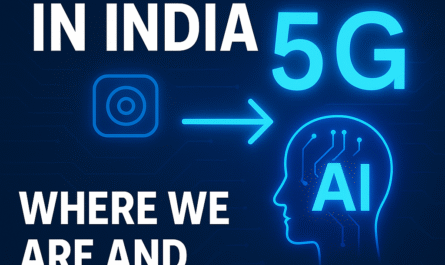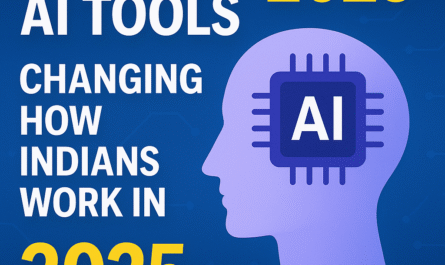As the electric vehicle (EV) revolution accelerates in India, buyers are increasingly faced with a crucial decision — affordable EVs vs premium EVs. With dozens of models across price ranges now available, choosing the right EV isn’t just about budget — it’s about value.
In this blog, we break down both segments to help you decide: Which one offers better value in 2025 and beyond?
🚗 Affordable EVs – Budget-Friendly & Practical
Affordable EVs in India typically fall under the ₹10 lakh to ₹18 lakh bracket. These are designed for mass-market appeal and urban mobility.
✅ Pros of Affordable EVs:
- Lower upfront cost – Easy on the wallet.
- Lower insurance and registration fees.
- Ideal for city usage with decent range (200–300 km).
- Faster adoption of government subsidies like FAME-II and state EV incentives.
- Cheaper to maintain compared to ICE cars.
⚠️ Cons of Affordable EVs:
- Slower charging speeds (mostly AC charging).
- Limited battery size and performance.
- Basic features and compact interiors.
🔥 Popular Affordable EVs in 2025:
| Model | Price (Approx.) | Range | Fast Charging |
|---|---|---|---|
| Tata Tiago EV | ₹8.7 lakh | 250 km | No |
| MG Comet EV | ₹7.98 lakh | 230 km | No |
| Tata Punch EV | ₹10.99 lakh | 315 km | Yes |
| Citroën ë-C3 | ₹11.5 lakh | 320 km | No |
🏎️ Premium EVs – Power, Performance & Prestige
Premium EVs are priced above ₹20 lakh and often come from luxury brands or top-end Indian OEMs.
✅ Pros of Premium EVs:
- Longer range (400–700 km) and higher top speeds.
- DC fast-charging support — 80% in under an hour.
- Premium features: large infotainment systems, ADAS, wireless charging, ventilated seats.
- Superior build quality, design, and tech integration.
⚠️ Cons of Premium EVs:
- High upfront cost, even with subsidies.
- Costlier service plans and insurance.
- Range overkill for typical city drivers.
🔥 Top Premium EVs in 2025:
| Model | Price (Approx.) | Range | Fast Charging |
|---|---|---|---|
| Hyundai Ioniq 5 | ₹45.9 lakh | 631 km | Yes |
| Kia EV6 | ₹60 lakh | 708 km | Yes |
| BYD Seal | ₹45 lakh | 650 km | Yes |
| BMW iX1 | ₹66.9 lakh | 440 km | Yes |
⚖️ Which One Offers Better Value?
✅ Choose Affordable EVs if:
- You drive mostly within the city.
- Budget is under ₹15–20 lakh.
- You’re buying your first EV.
- Charging at home or work is available.
- You want a low-cost, eco-friendly commute.
✅ Choose Premium EVs if:
- You drive long distances regularly.
- You want luxury + EV experience.
- Fast charging infrastructure is easily accessible.
- You prioritize performance and cutting-edge features.
- You’re looking for a future-proof upgrade.
💡 Verdict: Affordable EVs Are Better for Most, Premium EVs Are Aspirational
While affordable EVs bring the best cost-to-value ratio for everyday users, premium EVs are ideal for those wanting performance, luxury, and tech-forward driving. The EV infrastructure in India is improving, but for now, the majority of Indian buyers will benefit most from affordable EVs.
🔍 Frequently Asked Questions (FAQs)
Q: Is it worth buying an EV in India in 2025?
Yes! With falling battery prices, better infrastructure, and state incentives, EVs are a smart, eco-conscious choice.
Q: Can affordable EVs handle highway travel?
Some can, especially with ranges above 300 km, but fast-charging is still limited on highways.
Q: Do premium EVs hold value better than affordable ones?
Not always. Depreciation is based on brand, battery health, and features — not just price.
🟢 Explore more tech & EV news at https://fewsource.com




